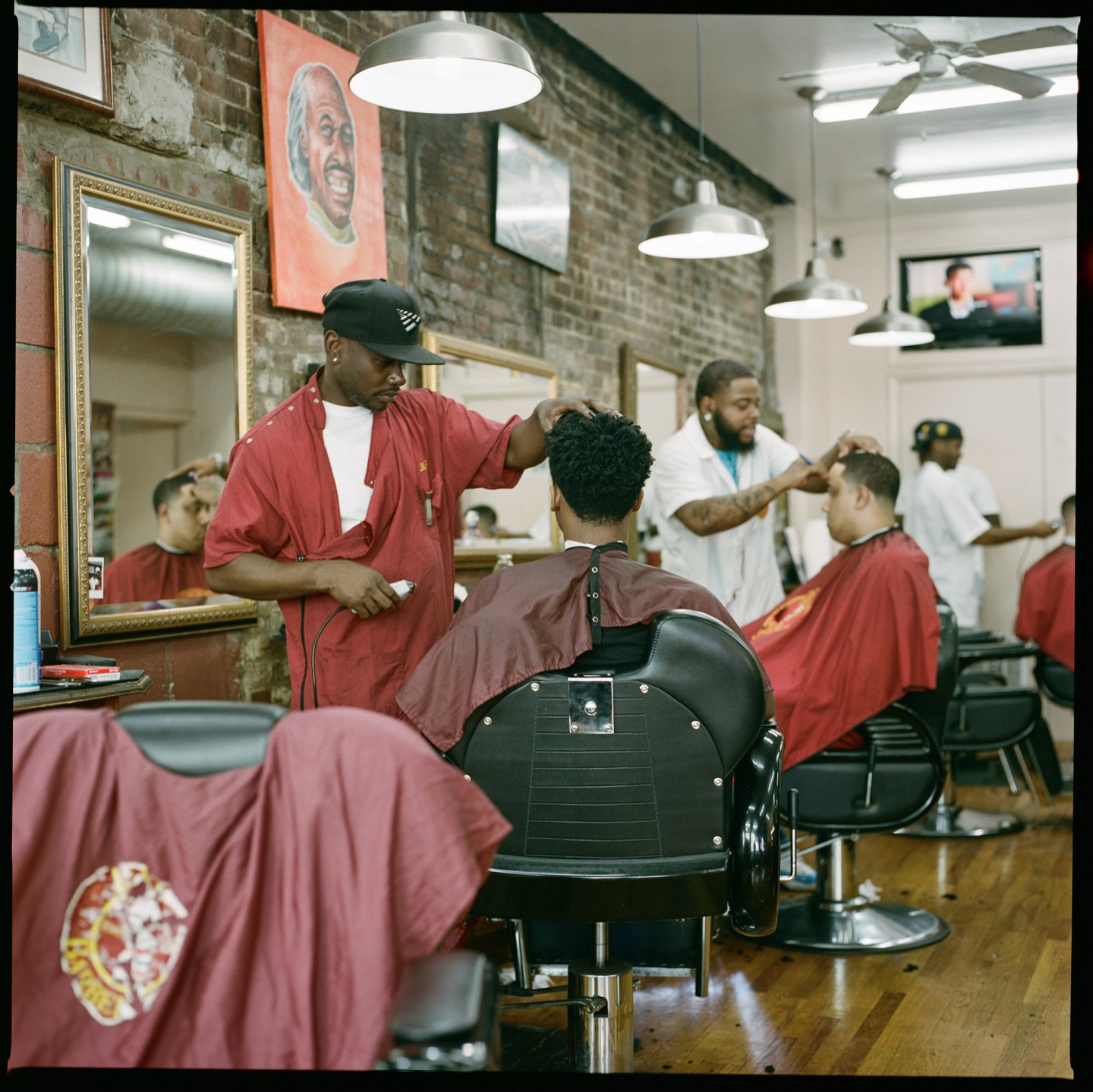The Eternal Evolution of Barbering Instruments and Methods Through the Centuries
Wiki Article
Hairdressing has a rich history that extends thousands of centuries, evolving from basic tools and methods to the sophisticated practices used today. The initial hairdressers were often priests or healers who conducted trims and shaves as part of their spiritual or medical responsibilities. In ancient Egypt, groomers used sharpened stones and bronze instruments to groom the locks and beard, which were significant emblems of status and hygiene. The tools of the profession were not just functional; they also held societal significance, showing the values and convictions of the society at the period.
As societies advanced, so did the instruments and techniques used in grooming. In ancient Rome, grooming salons became popular community hubs where individuals gathered not only for grooming but also for conversation and leisure. Barbers used more sophisticated instruments, such as metal blades and combs, which enabled for more precise trims. The introduction of the straight blade marked a significant advancement in grooming, providing a closer cut and a more polished appearance. This era also saw the emergence of the grooming sign, a symbol of the profession, which symbolized the blood and bandages associated with grooming surgeons who performed small medical procedures.
During the Middle Ages, barbering took on new dimensions as barbers began to focus in different offerings. They not only trimmed hair but also provided shaves, oral services, and even phlebotomy. The instruments used during this time included the infamous barber's bowl and the flat blade, which remained popular for centuries. The skill of these instruments enhanced, with craftsmen creating high-quality blades that were both durable and efficient. This period emphasized the importance of hygiene and personal care, as groomers played a vital role in maintaining the health and look of their customers.
The industrial era brought about significant changes in barbering instruments and methods. With advancements in manufacturing, barbers could obtain a broader range of tools, including guarded blades and powered clippers. These innovations made trims and shavings more efficient and accessible to the wider population. The growth of barbershops as community meeting places persisted, with barbers becoming trusted individuals in their communities. The introduction of new styles and fashions, shaped by popular culture, further changed the grooming profession, allowing barbers to demonstrate their creativity and skill.
Currently, grooming is a blend of traditional techniques and contemporary innovations. While many barbers still use flat blades and scissors, powered trimmers have become essential tools in the field. The emphasis on personal care has broadened to encompass a variety of offerings, such as beard grooming, hair dyeing, and skincare. Barbershops have transformed into trendy website here venues that cater to a varied customer base, offering a inviting environment for all. The enduring evolution of barbering tools and methods reflects not only the advancements in innovation but also the enduring importance of personal care in societal culture.
